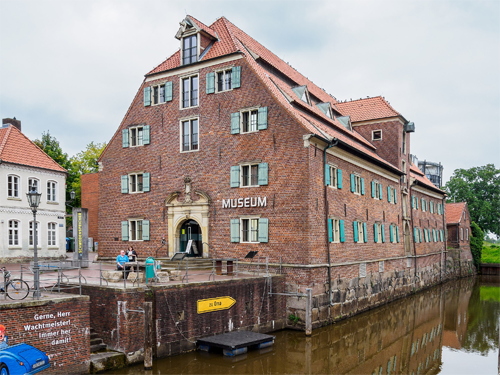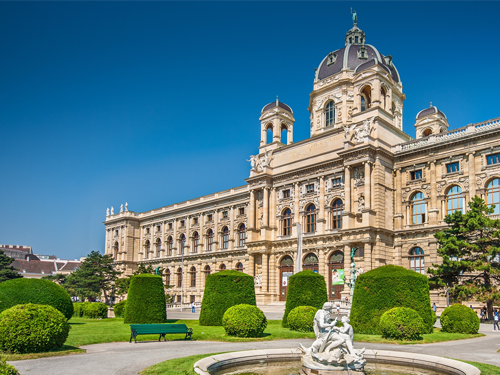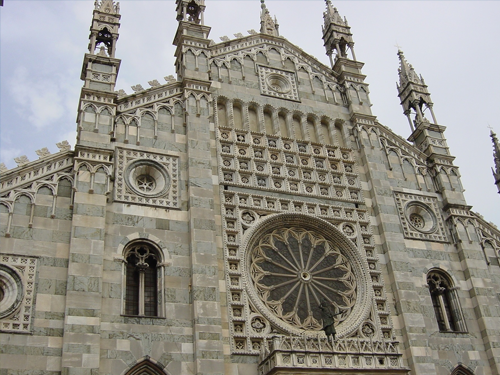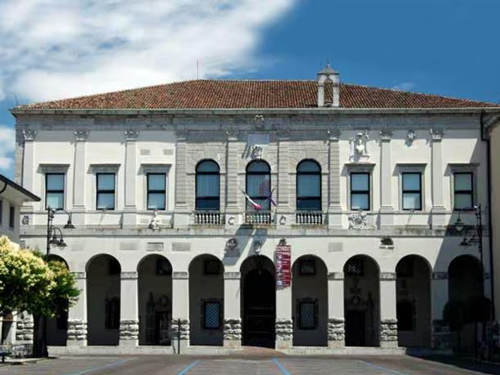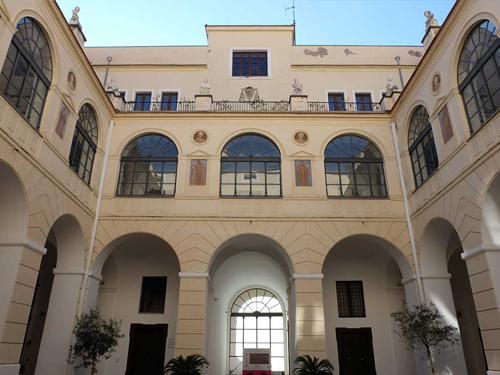GERMANY /STADE – SCHWEDENSPEICHER MUSEUM
It is the conventional hub of origin of the “Longobard Ways across Europe” Route, as it represents a large area of archaeological finds attributed to the Longobard people in the territorial area of Lower Elba. The finds kept in the Museum can be dated to a period of time between the 1st century BC and the 4th century AD. This latter period was the period in which the continuous presence of Longobard elements in the area who were not involved in the subsequent migratory phases was confirmed.
Read More
